If the concept of "vocational secondary school equivalent to high school" is established in accordance with international practice, it will open up equal opportunities for learners, contributing to solving the current bottleneck in streamlining after junior high school.
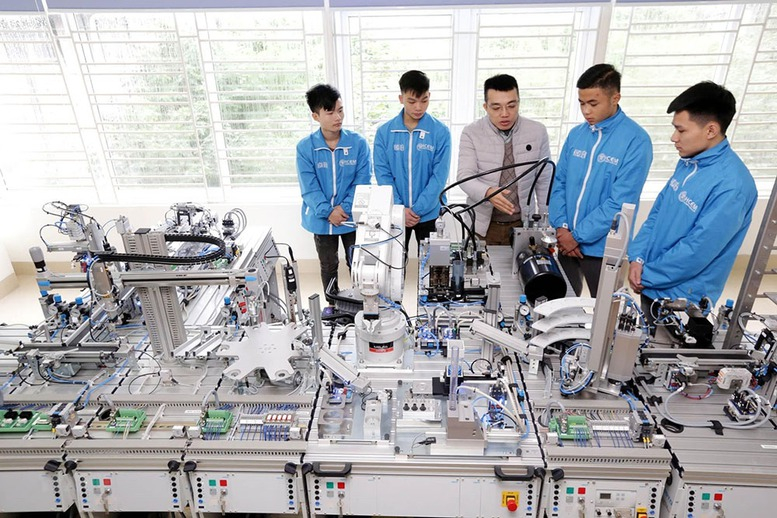
Associate Professor, Dr. Tran Thanh Nam, Vice Principal of the University of Education , Hanoi National University, said that Resolution 71 requires adding a "vocational secondary school" level equivalent to high school level. This means that it will open up opportunities for parallel pathways for students after junior high school: They can enter vocational secondary school (integrating high school culture with vocational training) instead of having to study regular high school and then learn a trade, and more importantly, the two diplomas have equivalent value. This breakthrough will make the vocational education path more open and attractive to learners because they will have both a high school diploma and a job in hand soon.
In addition, Resolution 71 also requires that the connection between the vocational education system and university education must be focused on promoting the connection between vocational schools and practical universities; allowing vocational school students to transfer to appropriate universities. These solutions are expected to contribute to realizing the view that vocational education is a pillar, not a secondary choice, thereby contributing to removing the bottlenecks in the current student streaming after secondary school.
Reality over the past years has shown that the policy of streamlining after secondary school was expected to help reduce waste of resources and increase the number of technical and skilled workers to solve the problem of "too many teachers, not enough workers", but the results achieved are far from the target.
According to statistics from the Department of Vocational Education and Continuing Education, Ministry of Education and Training , depending on the locality, the rate of students after graduating from junior high school entering vocational training institutions is only 19-21% and after graduating from high school is only about 22-23%, much lower than the hard target of 40%.
This situation comes from many reasons, first of all is the social concept when most parents do not want their children to learn a trade early, everyone wants their children to finish high school, have a diploma to be able to go to university. Besides, the system of vocational secondary schools is still lacking and weak, from training to facilities, unclear output makes parents and students not confident in choosing this direction.
Sharing more with CAND Newspaper reporters about this issue, Dr. Hoang Ngoc Vinh, former Director of the Department of Vocational Education, Ministry of Education and Training, said that the concept of "vocational secondary education equivalent to high school level" set forth in Resolution 71, if established in accordance with international practice, will be a turning point to expand fair opportunities for learners, eliminate prejudices about vocational training and bring practical benefits to learners.
However, according to Mr. Vinh, first of all, it is necessary to clarify this concept, in which "equivalence" here needs to be understood as different pathways that are recognized in terms of legal value and development opportunities. In other words, for "vocational secondary education to be equivalent to high school level", all conditions must be met. First of all, they must be recognized at Level 4 of the National Qualifications Framework. Whether following high school, vocational secondary education or other flexible pathways, as long as they meet the output standards, students have equal rights to continue studying at colleges and universities; participate in the labor market; and have their degrees recognized when going abroad. Next, output standards must be unified; diplomas also need to be compared with the ASEAN Qualifications Reference Framework (AQRF) and ISCED.
In order for the breakthrough and humane policy in Resolution 71 to truly come into life and contribute to solving the current bottleneck in streaming, according to Dr. Hoang Ngoc Vinh, it is necessary to build unified output standards applicable to both high schools and vocational secondary schools; amend the Law on Education and the Law on Vocational Education, clearly stating the equal recognition between the two paths in the National Qualifications Framework (level 4).
Along with that, we must actively promote communication to change perceptions, helping parents and students understand that vocational training is not inferior but is another choice, another path to achieve the same level. In addition, the State also needs to pay attention to investing heavily in vocational schools, from facilities to staff so that students have a quality learning experience; promote international integration by announcing bilingual output standards, issuing transparent diploma supplements, helping students to study and work abroad.
Source: https://cand.com.vn/giao-duc/go-nut-that-ve-phan-luong-hoc-sinh-sau-bac-thcs-i783517/


![[Photo] Bustling Mid-Autumn Festival at the Museum of Ethnology](https://vphoto.vietnam.vn/thumb/1200x675/vietnam/resource/IMAGE/2025/10/4/da8d5927734d4ca58e3eced14bc435a3)



![[Photo] Solemn opening of the 8th Congress of the Central Public Security Party Committee, term 2025-2030](https://vphoto.vietnam.vn/thumb/1200x675/vietnam/resource/IMAGE/2025/10/4/f3b00fb779f44979809441a4dac5c7df)
![[Photo] General Secretary To Lam attends the 8th Congress of the Central Public Security Party Committee](https://vphoto.vietnam.vn/thumb/1200x675/vietnam/resource/IMAGE/2025/10/4/79fadf490f674dc483794f2d955f6045)


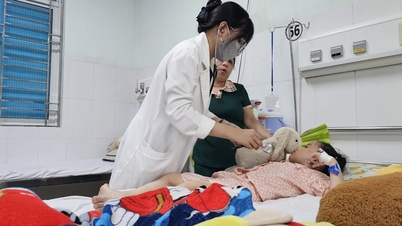










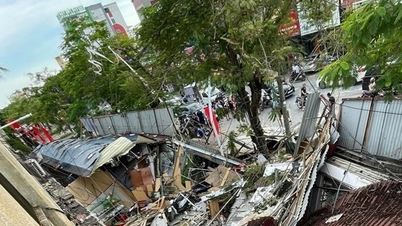
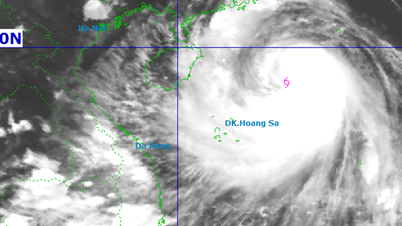






























![[VIDEO] Summary of Petrovietnam's 50th Anniversary Ceremony](https://vphoto.vietnam.vn/thumb/402x226/vietnam/resource/IMAGE/2025/10/4/abe133bdb8114793a16d4fe3e5bd0f12)

![[VIDEO] GENERAL SECRETARY TO LAM AWARDS PETROVIETNAM 8 GOLDEN WORDS: "PIONEER - EXCELLENT - SUSTAINABLE - GLOBAL"](https://vphoto.vietnam.vn/thumb/402x226/vietnam/resource/IMAGE/2025/7/23/c2fdb48863e846cfa9fb8e6ea9cf44e7)















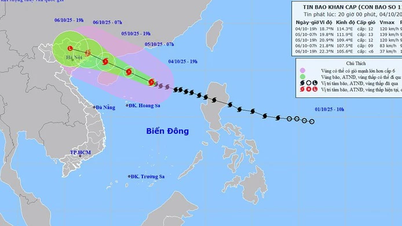

















Comment (0)